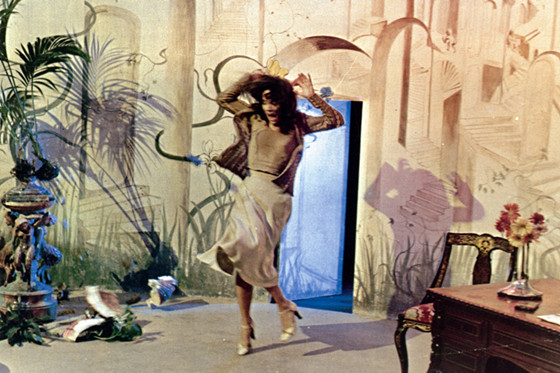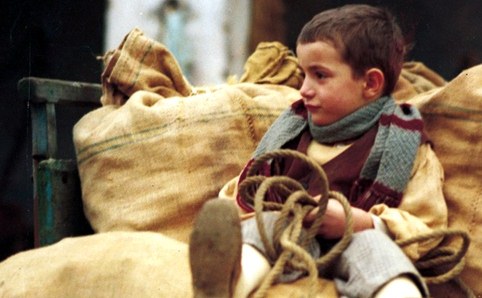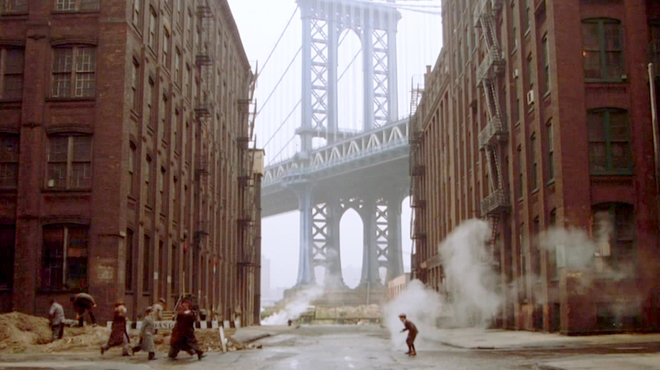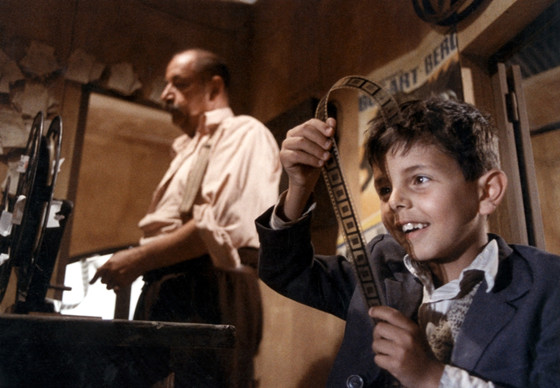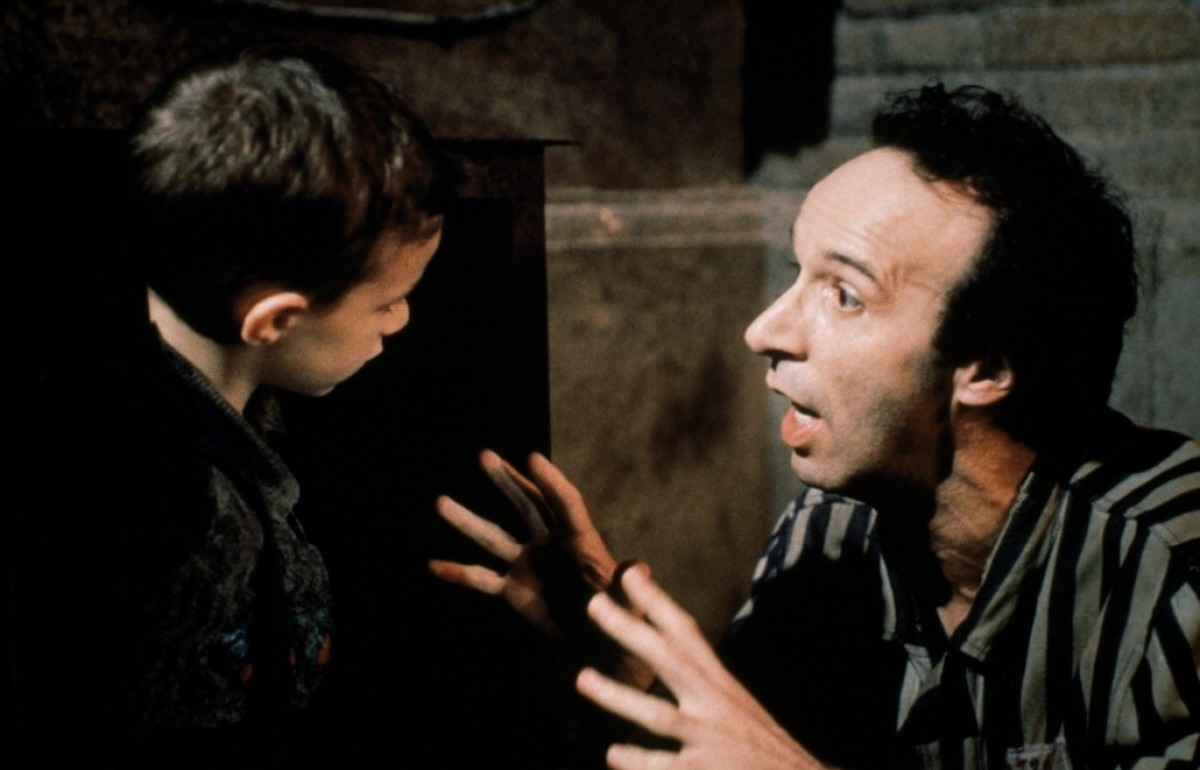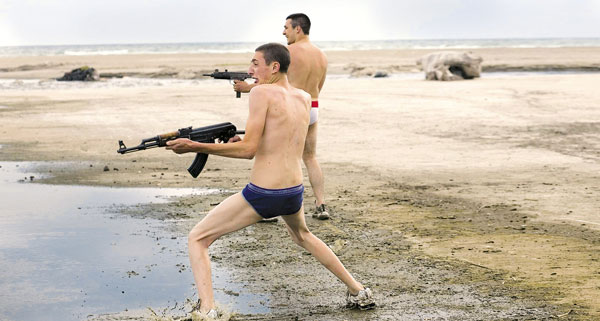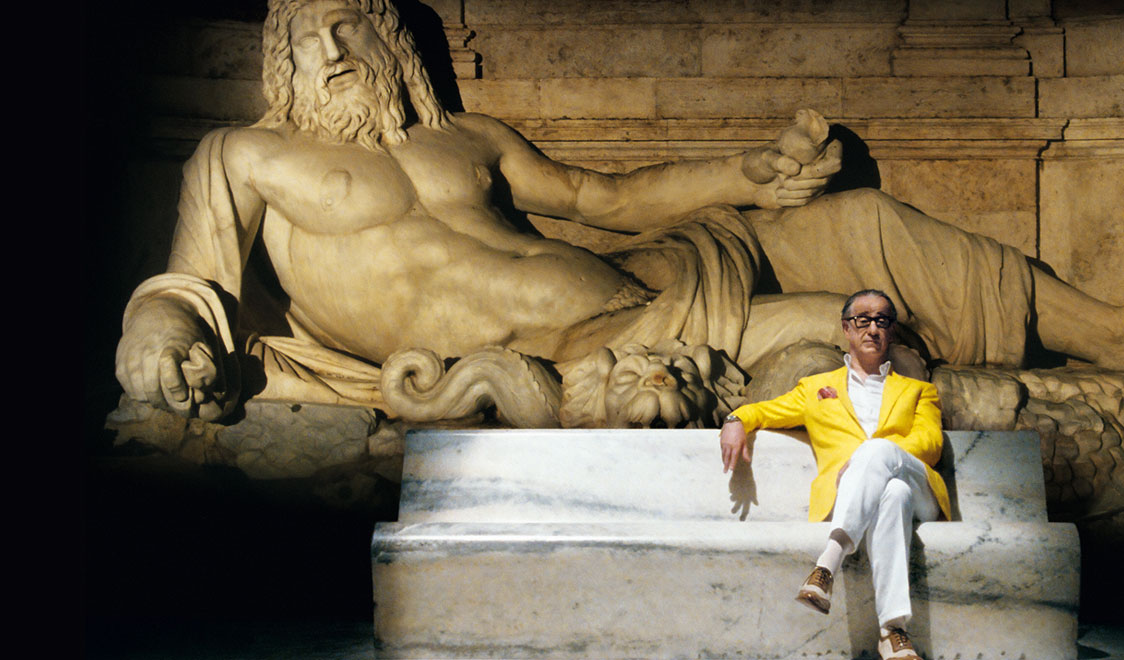24. Suspiria (Dario Argento, 1977)
Suspiria is master horror director Dario Argento’s greatest film and one of the most iconic Italian horror films of all time. The plot follow Suzy, an aspiring ballet dancer played by Jessica Harper, as she goes to Germany from America to join a prestigious ballet school. Once there, however, odd things start happening including numerous deaths of other dancing students. Soon, Suzy realizes that the school is actually a front for an evil coven of witches.
Heavy influenced by previous filmmakers like Mario Bava, much of the film’s scares come from the highly unsettling atmosphere that Argento creates. The film’s visuals are incredibly striking, with vivid colors and stylish design and the minimalist soundtrack by the band Goblin is haunting and mesmerizing.
The result of all these factors creates a nightmarish environment that builds the tension towards the thrilling scares of the film and leaves an overall creepy feel on the viewer. Like other Italian horror films, Suspiria is also extremely graphic, filled with gratuitously bloody violence, adding to the unsettling and dreamlike qualities of the film. It is a must see for all horror fans.
25. The Tree of Wooden Clogs (Ermanno Olmi, 1978)
This critically acclaimed film of poverty and workers in 1900 Italy is a welcome resurgence of the Neorealist movement. Following four meager farming families through their economic and familial troubles, the film provides a rare glimpse into an important time in Italian history.
Set during a time of unrest and a rising Communist movement, the farmers’ lives of contentment and simple directives is shaken up with the country’s changing politics. When one of the families falls to unlucky circumstances, the others realize their role in society.
Olmi uses many tactics to convey the gritty realism of the time and characters. In typical fashion, the film features many long, natural takes in order to show the environment an the conditions of living accurately. The film also employs actual farmers and citizens instead of actors so that the film feels exactly like what reality would have been. The Tree of Wooden Clogs is an exquisite portrait of humanity and survival under dire circumstances that pays homage to the roots of Italian cinema.
26. Once Upon a Time in America (Sergio Leone, 1984)
Similarly to Leone’s spaghetti westerns, Once Upon a Time in America is a multinational film, starring American actors and directed and produced by Italians. Originally released in America as a shortened version of the whole film, it has since been remastered to its intended runtime of nearly four hours.
The film is a sprawling gangster epic following members of the Jewish mafia in New York throughout the 20th century. It stars Robert De Niro, James Woods and Joe Pesci as the main gangsters who grow up together and together and become powerful figures in their neighborhood and the crime world. As they become older, they must face the consequences of their past and their way of life.
This is both Leone’s most ambitious film and one of the greatest gangster films of all time. It addresses the common crime drama elements of violence and politics but also explores the personal repercussions of the lifestyle more in-depthly than most of the genre. Like other Leone films it also features breathtaking cinematography and an exceptional score by Ennio Morricone, increasing the emotional impact of the film.
The acting in the film is equally great, with De Niro an Pesci in their favorite type of roles and Woods in one of his greatest performances of all time. Once Upon a Time in America may be of an exhaustive length, but the exciting events and flawless execution of the film keep it from being boring, making it an essential Italian gangster film.
27. Cinema Paradiso (Giuseppe Tornatore, 1988)
This beautiful film is a love letter to cinema and one of the most touching pieces about filmmaking ever created. Told mostly through flashbacks, Cinema Paradiso follows the fictional director Salvatore Di Vita from his humble beginnings at the local movie house to his tempestuous romances and finally his success and personal reflection.
When he is young, Salvatore befriends the local projectionist who teaches him how to play movies and edit film, which the local priest requires them to do for relatively obscene movies. As Salvatore becomes more involved with film making it becomes clearer that in order for him to succeed as a major director he will need to leave his past life behind.
This Academy Award winning feel good drama is successful as both a coming of age story and a look at the life and inspiration of an artist. The conflicting emotions and mix of comedy, disaster and loss make the film a personal and touching look at an old man who has come to terms with his life and the choices he made.
The film is also accompanied by a typically great score by the master Ennio Morricone. This metafictional exploration of boyhood and inspiration is one of the warmest and enjoyable Italian film of the modern era.
28. Life is Beautiful (Roberto Benigni, 1997)
Roberto Benigni’s breakthrough hit was also one of the most controversial films of the year. Benigni himself stars as Guido, an Italian Jew who, along with his wife and son, get sent to the concentration camps during the Holocaust.
In order to protect his young son’s innocence, Guido treats the camp like a fun game for his son, disguising the situation’s terror and danger, allowing him to live out the remainder of his childhood happily. Combining both real pieces of fact and Benigni’s trademark charm and brightness, Life is Beautiful is an imaginative and important look at history.
Some critics have looked poorly on the film for making the Holocaust to seem a joke. Even though much of the film is light-hearted, this criticism is unwarranted as Life is Beautiful shows, as greatly as any other film, the darkness of the event.
The juxtaposition in both color and character from the pre-war Italy and the camp shows the devastation that Guido and his fellow prisoners feel when they become captured. In addition to its social commentary, the film also shows the beautiful relationship between a son and his dedicated father. This highly emotional, gut-wrenching film is one of the most powerful Holocaust films.
29. Gomorrah (Matteo Garrone, 2008)
Gomorrah is a fascinating and riveting look at the influence and power of crime and gangs in modern Italy. The film is split between five independent tales of crime set in Naples; a young delivery boy roped into a gang, a counterfeit tailor, two wannabe thugs, an aging don and a waste worker who is depositing dangerous chemicals into the earth.
The film is cleverly and realistically produced, and while not all the characters interact with each other, the overarching themes leave a lasting impression of the state of crime in current Italy.
The gritty atmosphere and plot of the film reflect the actual presence and appearance of crime. This un-glamorous reality is often juxtaposed with the public conception of the mafia and crime culture, which the two aspiring gangsters Marco and Ciro constantly imitate and reference. The complex web of tales gave a new and eye opening face to the iconic genre of Italian crime, signaling the end of a cultural era. The critically acclaimed Gomorrah is a fresh and innovative addition to modern Italian cinema.
30. The Great Beauty (Paolo Sorrentino, 2013)
The most recent film on this list is also one of the most poignant. Sorrentino’s acclaimed film follows an old writer Jep Gambardella, touchingly played by Toni Servillo, as he walks through Rome and reflects on his life.
Jep, who had reached fame from a novel he wrote in his youth, has settled himself into an upper class life full of parties in Rome, but has squandered all of his creativity by only writing articles on the culture of the city and similarly empty fare. As he rediscovers the city and runs into several acquaintances, he evaluates his life and realizes how his potential was wasted and his life has gone by unfulfilled.
This emotionally filled drama won numerous accolades including the Academy Award for Best Foreign Picture and is quite deserving of the acclaim. The cinematography of the film is stunningly beautiful and the performances, especially by Servillo, are exceptional.
The Great Beauty draws Italian cinema back to the style of many classic films by Fellini and Antonioni, placing the focus of the film not on plot but on the study of a character and humanity in general. One of the most emotionally reflective recent films on regret and aging, The Great Beauty is a great reminder of the power that Italian films still have.
Author Bio: Matthew Benbenek is an undergraduate Mechanical Engineering student at the University of Wisconsin – Madison. He has a passion for film, music and literature and, when not watching movies, is an amateur director and violin player.
